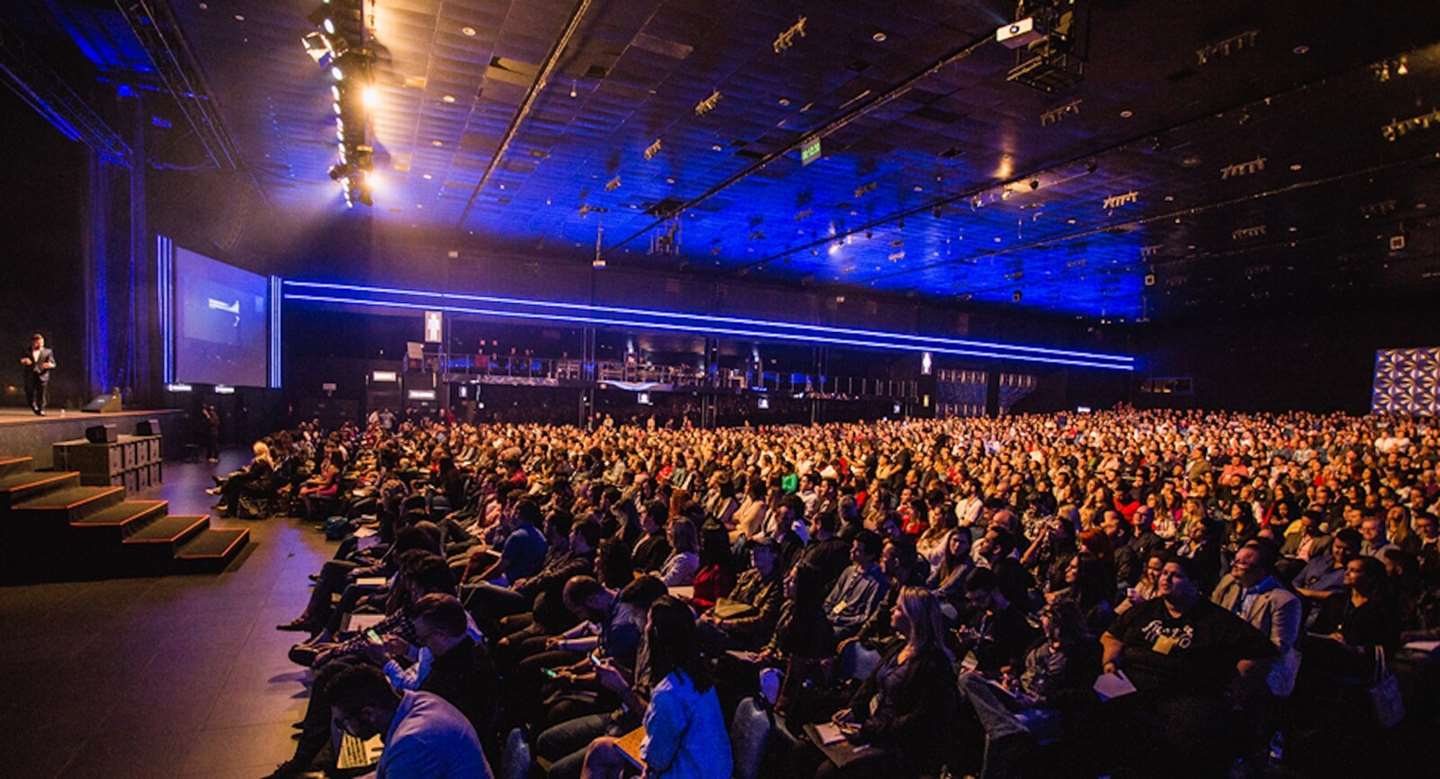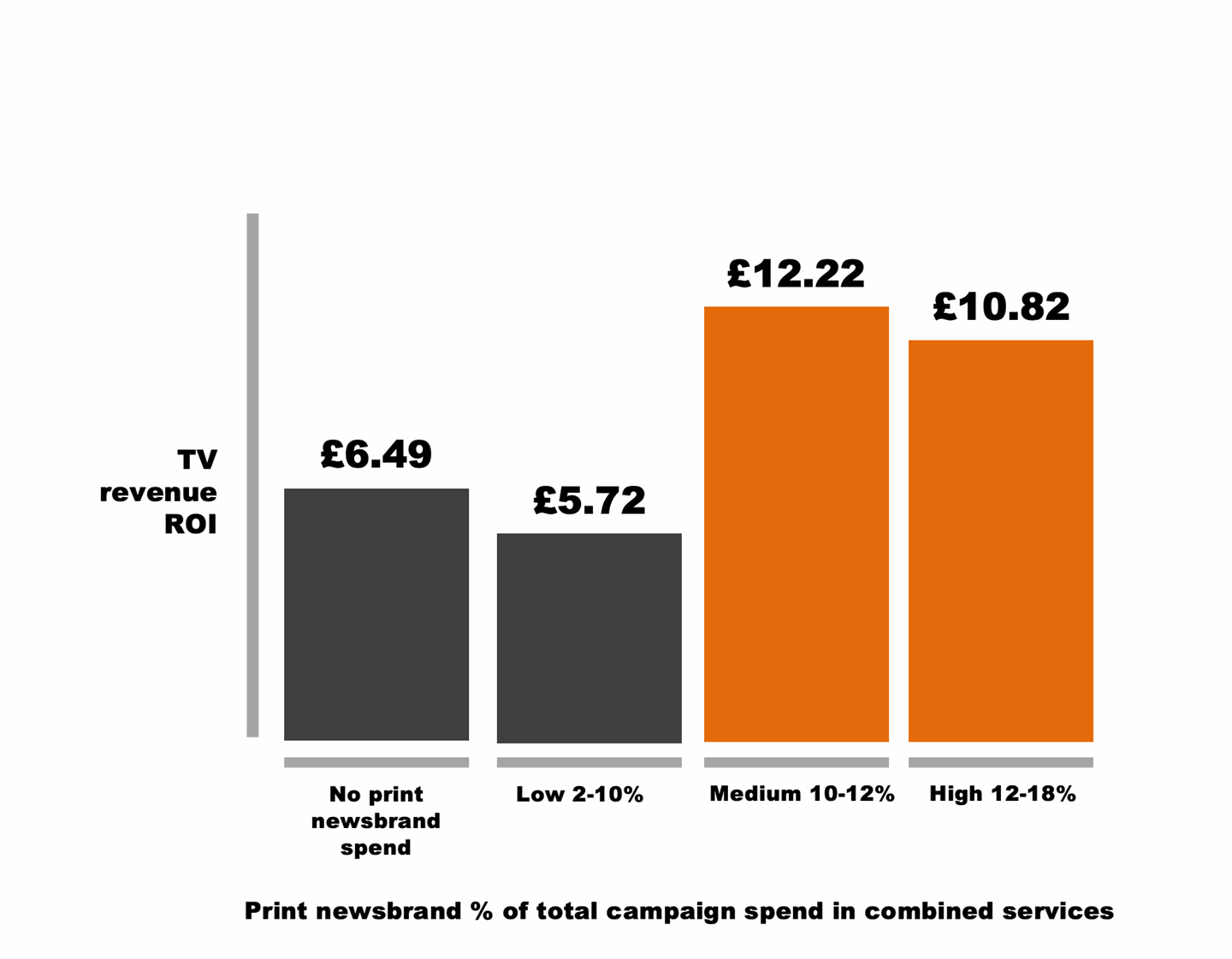It would be a big mistake for marketers to condemn print media to the dustbin of history, but at this time of crisis publishers must innovate to offer a product people want at a price they will pay.
In 1702, Britain’s first newspaper was produced by Elizabeth Mallet, a Fleet Street printer who was required by the constraints of the time to publish under her husband’s name. The Daily Courant had a simple format: news on one side of the page and adverts on the other. If Mallet had popped up in Fleet Street three centuries on, she would have discovered a world where communications, transport and a woman’s ability to hold down a job without hiding behind her husband were transformed. But the printed format of newspapers would still be very familiar.
Compared to the 18th century, the future of newspapers today is much less clear. Even before the Covid-19 trend-accelerant, the model for newspaper journalism was buckling. Falling sales, keyword blacklists and a decade of superior ammunition from Facebook and Google have exacted a terrible toll.
The post Covid-19 recession – like Laurence Olivier in the dentist scene from Marathon Man – will only magnify the pain. Research from Enders Analysis forecasts a £570m drop in ad revenue for UK print advertisers this year. The recent job culls at Buzzfeed, Vice, Wired and Quartz are not only horrendous for online platforms that have done much to transform news. They are also a stark warning to publishers who want to believe that high-quality journalism can be funded from digital revenue alone. In print, publishers still enjoy all sorts of cost advantages in the supply chain. In digital they command none.
Industry forecasts warn, of course, that the future will be grim. But maybe that doesn’t have to be the case. As there is no choice but to do things differently, the route to innovation is clear. However hard it is going to be, publishers must grab at a falling knife and start to question all the assumptions that underpin their current products. It is time to ditch a 300-year publisher mindset and rebuild the entire value proposition from a customer point of view.
Instead of betting the future of print on products that get more expensive, more broad and sell fewer copies year-on-year, it is time to create additional cheaper and more-focused products that are built around what specific groups of new users might want. Instead of offering online pricing models that assume readers want to show up like clockwork every day (and charging them accordingly), it’s time to offer a better value exchange that charges them only for what they consume. And instead of retaining the walled garden of individual newsbrands, it is time to offer customers what they would be willing to pay for: access to content across multiple newsbrands for a single upfront fee.
Marketers need print
‘Why even bother with print?’ some marketers will ask. Our industry has been so hypnotised by the tactical wizardry of programmatic delivery, real-time bidding and mass personalisation that print may seem like a relic from the Ark. But, however unsexy print media may seem to an army of youthful media planners focused on closing out the quarter, the evidence is clear. If you want to sell products and build brands, print media works. Its effectiveness can be measured over years, not just seconds.
Peter Field’s landmark IPA Databank effectiveness analysis of UK case studies from 2012 to 2018 demonstrates this. Across the key dimensions of customer acquisition, loyalty and profits, campaigns that include print newsbrands are significantly more successful than those that don’t. A mix also pays dividends: campaigns using two newsbrand platforms delivered 2.7 times the uplift in business effects of those using only one.
In a separate ROI study, Sally Dickerson at Benchmarketing (part of Omnicom) conducted a meta-analysis across more than 500 econometric models. Dickerson’s research demonstrated that putting print into the campaign mix boosted ROI across online display and video by up to four times. Print also doubled the average ROI from TV spend and dialled up the effectiveness of radio spend by 10 times.






